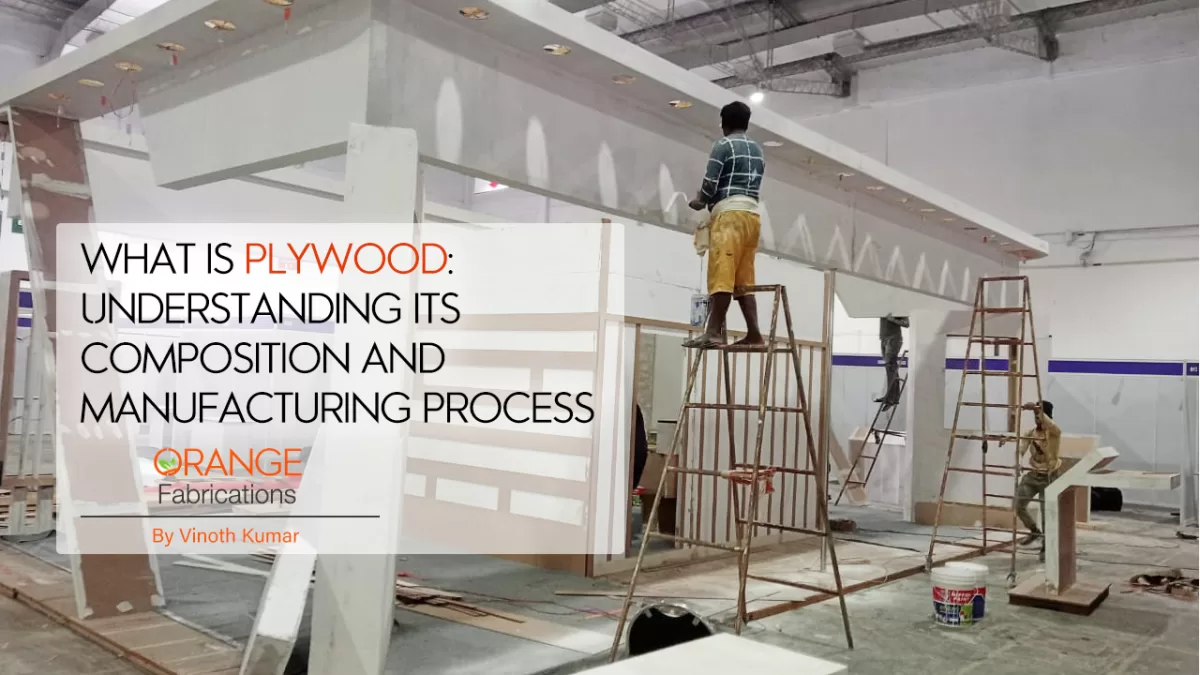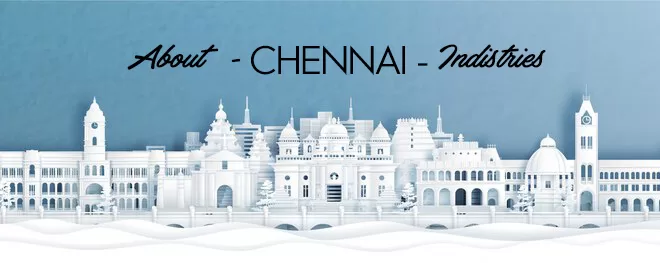What is Plywood: Understanding Its Composition and Manufacturing Process
What is Plywood: Understanding Its Composition and Manufacturing Process
Plywood has been a go-to material for builders and DIY enthusiasts alike for decades. It’s versatile, sturdy, and cost-effective – but do you know what goes into making this wonder-material? In this post, we’ll be breaking down the basics of this wood: from its composition to how it’s manufactured. Whether you’re a seasoned woodworker or just starting out with your first project, understanding the ins and outs is essential knowledge that will take your craft to the next level. So let’s dive in!
Introduction to Plywood
This is a material made up of layers, or plies, of wood veneer glued together. It’s an inexpensive alternative to solid wood and can be used for a variety of applications, from construction to crafts.
The number of layers in plywood varies, but it is usually between three and seven. The more layers there are, the stronger the sheet will be. The grain of each layer is typically perpendicular to the grain of the adjacent layer, which gives the sheet extra strength and stability.
Plywood is manufactured by peeling logs into thin sheets of veneer, which are then rotary-cut into smaller strips. The strips are then glued together under heat and pressure to form a sheet of plywood. Once the glue has dried, the sheet is sanded smooth and given a finish (usually paint or varnish).
Plywood is a versatile material that can be used for a variety of applications, including construction, furniture-making, packaging, and even art projects. It’s relatively inexpensive and easy to work with, making it a popular choice for both professional and amateur builders alike.
Composition of Plywood
Plywood is a material that is made up of several layers, or plies, of wood veneer. The wood veneer is glued together with each layer placed at right angles to the one below it. This gives its strength and stability.
There are different types of plywood available on the market, each with its own characteristics. The most common type is softwood plywood, which is made from softwoods like cedar, fir, and spruce. Hardwood plywood is made from hardwoods like oak and maple. Marine plywood is a special type that is designed to resist rotting in humid or wet conditions. It is often used in boatbuilding.
The number of layers in a piece of plywood varies, but it is typically between three and seven layers. The more layers there are, the stronger the plywood will be.
Manufacturing Process of Plywood
Plywood is a manufactured wood panel made by bonding together multiple thin layers, or plys, of wood veneer. The manufacturing process begins with peeling the logs into thin sheets of veneer, which are then rotary-cut into even thinner sheets. These thin veneers are then glued together in alternating, perpendicular directions to create a strong panel that is less likely to warp or crack than a solid piece of lumber.
After the individual panels have been created, they are then sent through a hot press, where they are subjected to high temperatures and pressure in order to further bond the layers of wood veneer together. Once the pressing process is complete, the panels are trimmed to their finished size and then ready for use in construction projects or other applications.
Different Types of Ply
Plywood is a type of engineered wood product made by thin layers, or “plies,” of wood veneer glued together. It is a very versatile material with many different uses in construction and woodworking.
There are several different types, each with its own unique properties and uses. The most common types are:
1. Softwood: This is the most common type of plywood used in construction and general woodworking. It is made from softwood veneers, such as pine or fir. Softwood plywood is typically used for interior applications where it will not be exposed to moisture.
2. Hardwood: Hardwood plywood is made from hardwood veneers, such as oak or maple. It is harder and more durable than softwood, making it ideal for exterior applications or places where it may be subject to wear and tear. However, hardwood is also more expensive than softwood.
3. Marine: Marine plywood is a specialised type of hard-wearing that is designed for use in humid or wet environments, such as boatbuilding or outdoor furniture construction. Marine plywoods are usually made from tropical hardwoods that are resistant to rot and decay, such as teak or mahogany.
4. Pressure-Treated: Pressure-treated plywoods have been treated with chemicals to
Uses of Plywood
Plywood is an engineered wood product that is made by layering wood veneers. It is a versatile material that has many uses, including flooring, wall paneling, and furniture making.
Plywood can be used in a variety of applications due to its strength and stability. It is often used as a sub flooring material or as sheathing for walls and roofs and majorly in exhibition stall fabrication. It is also commonly used in the construction of cabinets, shelves, and other storage solutions.
When it comes to furniture making, plywood is an excellent choice for pieces that will see a lot of use or wear and tear. Its strong construction makes it ideal for chairs, tables, and beds. Additionally, its resistance to warping means that it can be used in the construction of outdoor furniture.
Plywood is a versatile material with many uses. Its strength and stability make it ideal for flooring, wall paneling, and furniture making.
Advantages and Disadvantages of Using Ply
Advantages and disadvantages of using plywood are often determined by the specific project you are working on. Here are some general pros and cons to consider:
This is an engineered wood product made by thin sheets of wood veneer glued together. It is strong, relatively inexpensive, and does not shrink or swell with changes in humidity like solid wood boards can.
PROS:
-Strong and durable
-Bends and curves easily
-Resists cracking and splitting
-Smooth surface takes paint or stain evenly
-Lightweight and easy to carry
-Less expensive than most hardwoods
CONS:
-May delaminate if exposed to too much moisture
-Not as visually appealing as solid wood boards
-Can be difficult to find in larger sizes
Conclusion
Plywood is an incredibly versatile material used for a variety of purposes, from furniture to flooring. Its composition and manufacturing process can be complex, but understanding the basics will help you make informed decisions when selecting plywood for any project. With its strength, durability, low cost and availability in many types of wood species, plywood has been a staple building material since the mid-19th century and continues to remain a popular choice today.
 Want more clarification?
Want more clarification?
Please don’t hesitate to call us or mail us. 9003631393 or mail us at reachus@stallfabrication.in
Orange Fabrication Is A Company Of Orange Art Factory – Event Management Company



